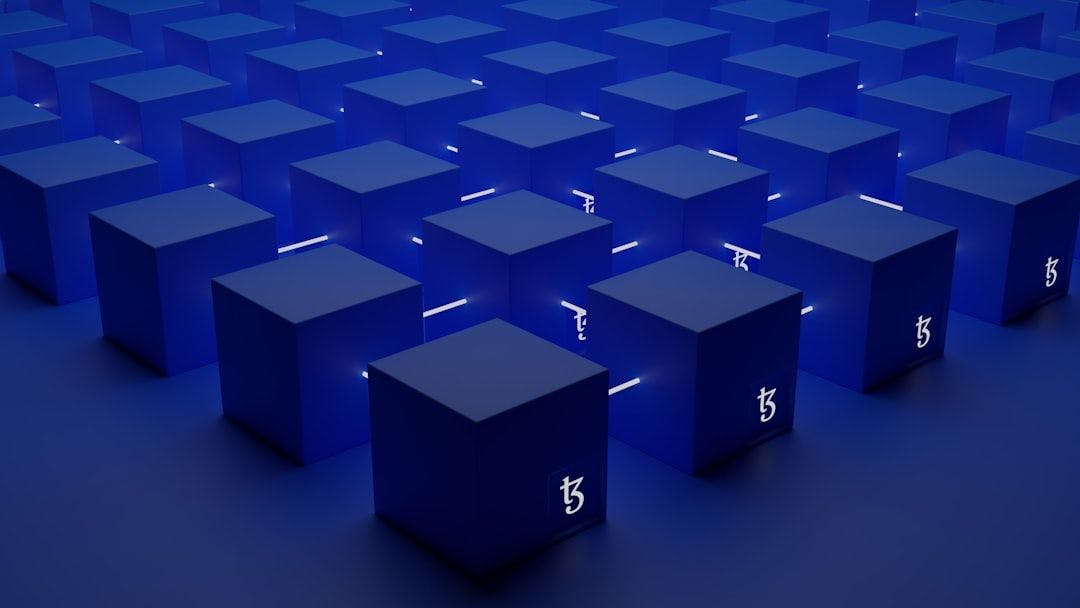Table of Links
Abstract and 1 Introduction
1.1. Spatial Digital Twins (SDTs)
1.2. Applications
1.3. Different Components of SDTs
1.4. Scope of This Work and Contributions
2. Related Work and 2.1. Digital Twins and Variants
2.2. Spatial Digital Twin Case Studies
3. Building Blocks of Spatial Digital Twins and 3.1. Data Acquisition and Processing
3.2. Data Modeling, Storage and Management
3.3. Big Data Analytics System
3.4. Maps and GIS Based Middleware
3.5. Key Functional Components
4. Other Relevant Modern Technologies and 4.1. AI & ML
4.2. Blockchain
4.3. Cloud Computing
5. Challenges and Future Work, and 5.1. Multi-modal and Multi-resolution Data Acquisition
5.2. NLP for Spatial Queries and 5.3. Benchmarking the Databases and Big Data Platform for SDT
5.4. Automated Spatial Insights and 5.5. Multi-modal Analysis
5.6. Building Simulation Environment
5.7. Visualizing Complex and Diverse Interactions
5.8. Mitigating the Security and Privacy Concerns
6. Conclusion and References
4. Other Relevant Modern Technologies
The recent advancements in AI and ML technology, along with breakthroughs in blockchain and cloud computing have significantly enhanced our ability to efficiently solve a wide range of problems across various domains. Next, we discuss the details of how these technologies affect the development and operation of SDTs.
4.1. AI & ML
AI/ML technologies have a significant role to play in the development and operation of DTs and SDTs [93]. SDTs are complex systems that require advanced technologies to optimise their performance and efficiency. AI/ML technologies are essential components in this regard as they enable digital twins to learn from data, predict future outcomes, and provide recommendations for improvement [86, 92]. There are three main aspects of this contribution.
• AI/ML technologies can optimise various processes in spatial digital twins [87]. For example, in smart buildings, AI/ML can predict energy consumption and optimise energy usage to reduce costs and emissions. In smart cities, AI/ML can optimise transportation routes, reduce congestion, and enhance road safety [94]. In manufacturing, AI/ML can optimise production processes, reduce waste, and increase efficiency.
• AI/ML technologies can also be used for predictive maintenance in spatial digital twins [95]. By analysing real-time data from sensors and other devices, AI/ML can predict when maintenance is required for equipment, thus avoiding costly downtime and improving the longevity of assets.
• In addition to optimising processes and maintenance, AI/ML can also enhance the user experience of spatial digital twins via enhanced recommendations [96]. AI/ML can personalise user experiences, predict user preferences, and improve overall user satisfaction.
4.2. Blockchain
SDTs, being data-driven software applications, are anticipated to witness an increased utilization of Distributed Ledger Technologies (DLTs), commonly referred to as Blockchain, to enhance the trustworthiness of data within them. Blockchain is a distributed system that is considered as either a distributed ledger or a replicated state machine [97]. DLTs offer fundamental capabilities that can greatly benefit SDTs, such as trustworthy data acquisition, processing, and storage. A blockchain enabled system supports a network of computers to store, validate and update an append-only transaction log (i.e., a ledger). Ethereum, Hyper Fabric and Bitcoins are some of the implementations of DLTs that can be considered for their suitability for providing trustworthiness of SDTs. However, there are several other points of concerns to be evaluated before incorporating DLTs in SDTs.
While blockchains’ functionality and attributes can provide a reliable support system to ensure trustworthiness, it is important to assess whether or not and which blockchains are suitable for SDTs. Some areas of exploration can be the suitability of the types of blockchain, e.g., private/public, the nature of consensus protocols, e.g., Proof-of-Work (PoW) or Proof-of-Authority (PoA), and empirically understanding the characteristics of blockchain networks that store and operate blockchains. For example, performance, resource consumption, and availability are the key attributes to be studied as these are not fixed characteristics of blockchains networks but can vary based on how a blockchain network is designed for which network design knowledge becomes quite vital. There is an increasing amount of scientific and commercial literature and readily available products that can assist in any kind of feasibility study and/or experimentation for systematically assessing the mechanisms and potential benefits of using DLTs for SDTs.
4.3. Cloud Computing
SDTs are expected to be supported by large scale technological infrastructure for computing, storage and networking. The support infrastructure is also expected to fulfil the quality attributes requirements such as scalability, latency, security and availability.With the maturity and widespread adoption of virtualized infrastructure technologies such as Cloud/Fog, containers, and Network Function Virtualization (NFV) [98], SDTs can effectively harness the potential of cloud computing-based technologies. Considering the plethora of cloud services offered by public cloud providers like Amazon Web Services and MS Azure, as well as private cloud infrastructures, it becomes crucial to comprehensively comprehend the various technological and business models available for acquiring and utilizing virtualized infrastructure services to support SDTs. For example, technological models include Infrastructure-as-a-Service (IaaS), Platform-as-a-Service (PaaS) and Software-as-a- Service (SaaS). Cloud technologies primarily offer three main deployment models for data storage, processing, and networking: private, public, and hybrid. All the technological and business models have their own pros and cons. For example, public cloud can be quite expensive as compared to private cloud, which is also considered relatively more secure. However, an organisation opting private cloud is expected to have a variety of knowledge and expertise for designing, implementing and operating private cloud that meet the functional and non-functional requirements of SDTs; the use of commercial cloud infrastructure does not entail such requirements of knowledge and expertise.
Authors:
(1) Mohammed Eunus Ali, Department of Computer Science and Engineering, Bangladesh University of Engineering and Technology, ECE Building, Dhaka, 1000, Bangladesh;
(2) Muhammad Aamir Cheema, Faculty of Information Technology, Monash University, 20 Exhibition Walk, Clayton, 3164, VIC, Australia;
(3) Tanzima Hashem, Department of Computer Science and Engineering, Bangladesh University of Engineering and Technology, ECE Building, Dhaka, 1000, Bangladesh;
(4) Anwaar Ulhaq, School of Computing, Charles Sturt University, Port Macquarie, 2444, NSW, Australia;
(5) Muhammad Ali Babar, School of Computer and Mathematical Sciences, The University of Adelaide, Adelaide, 5005, SA, Australia.










